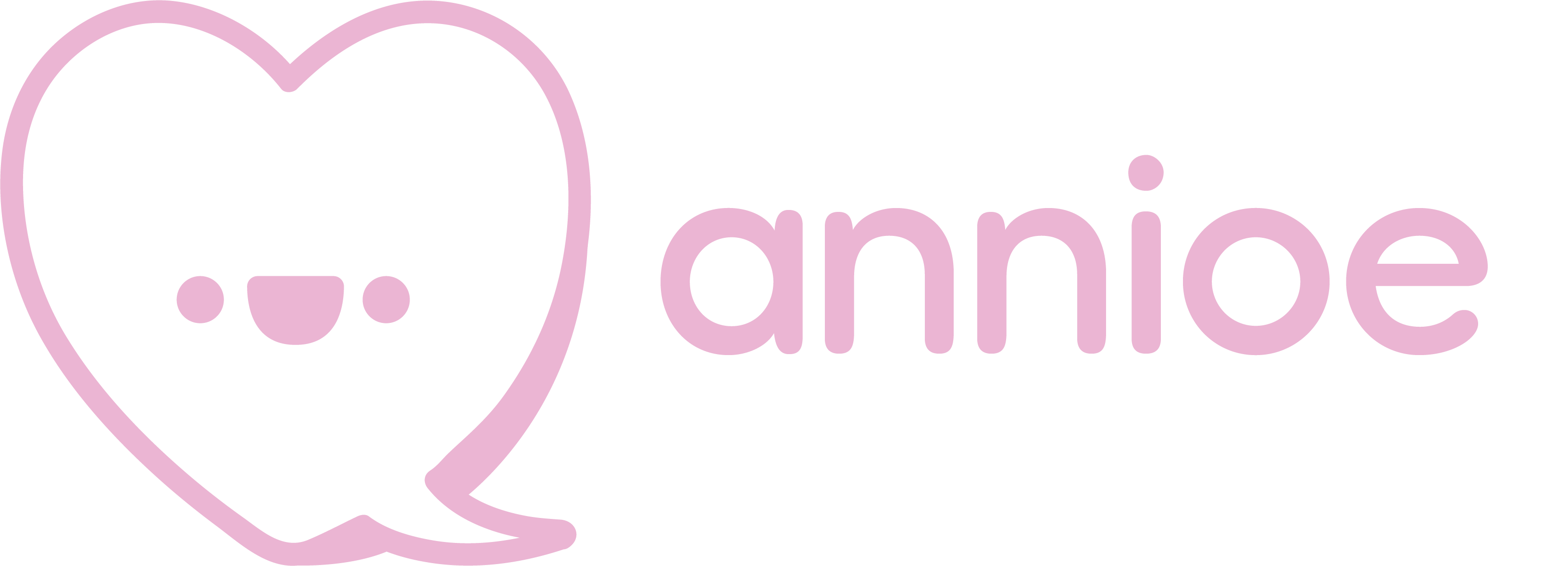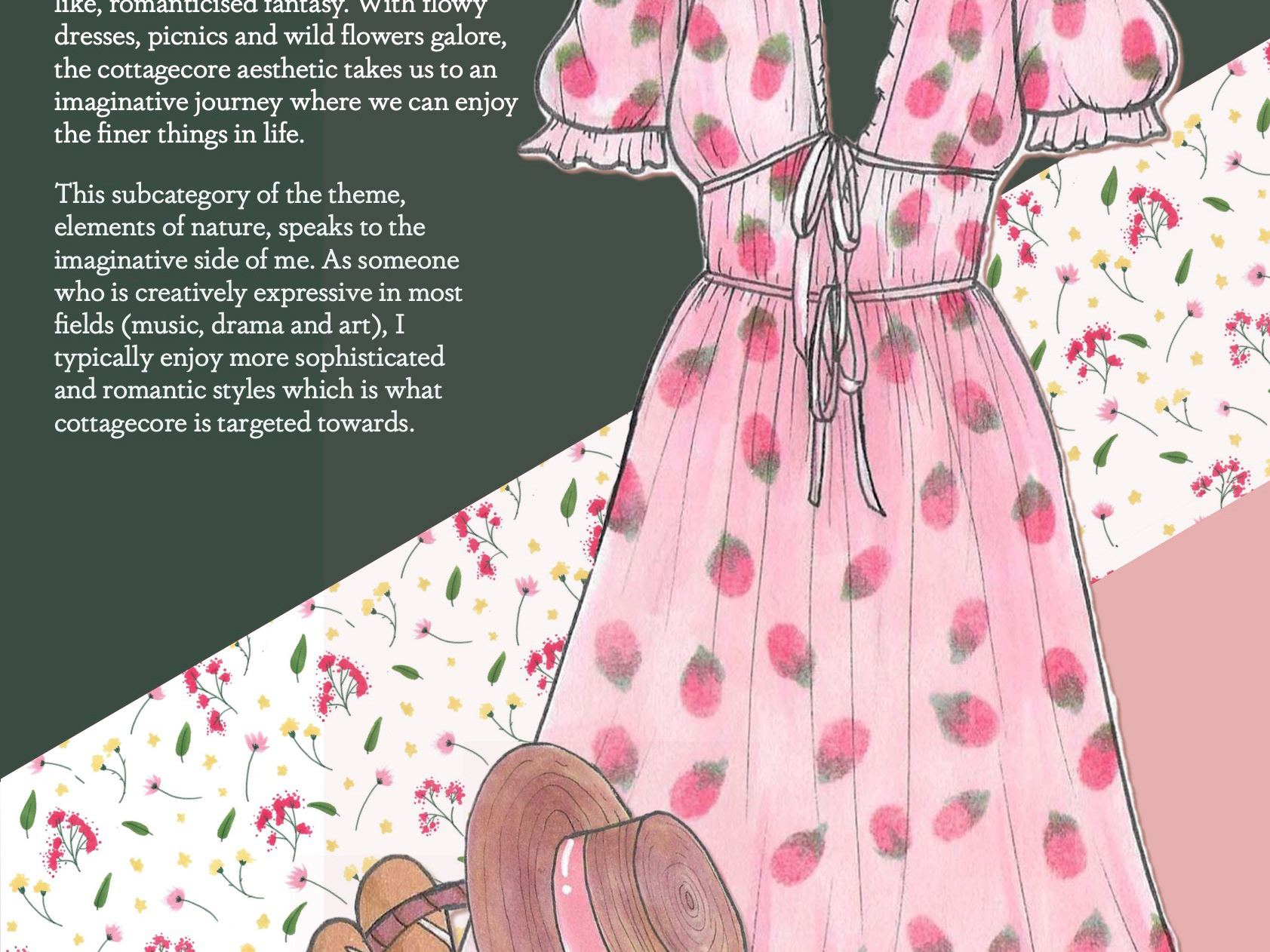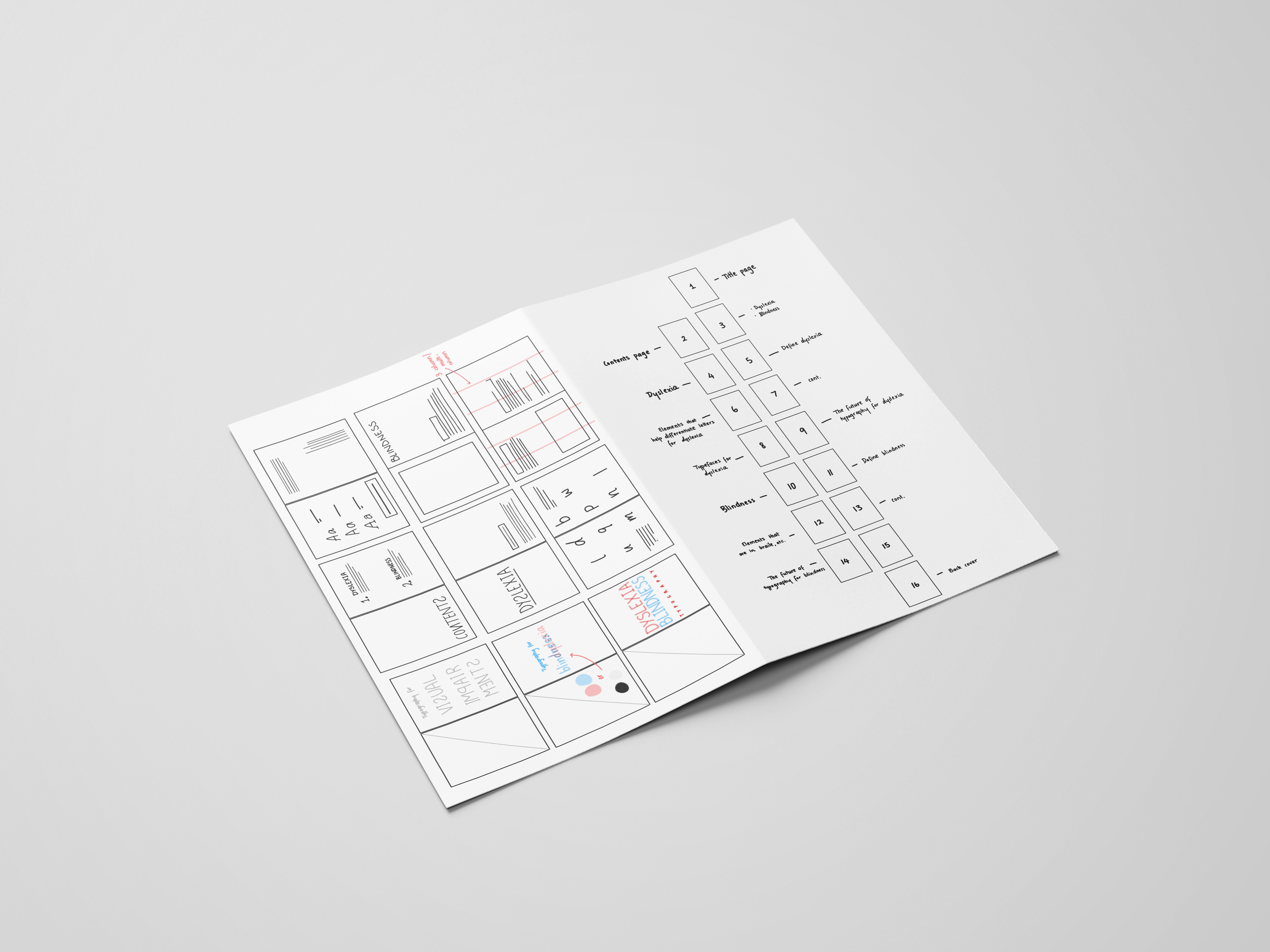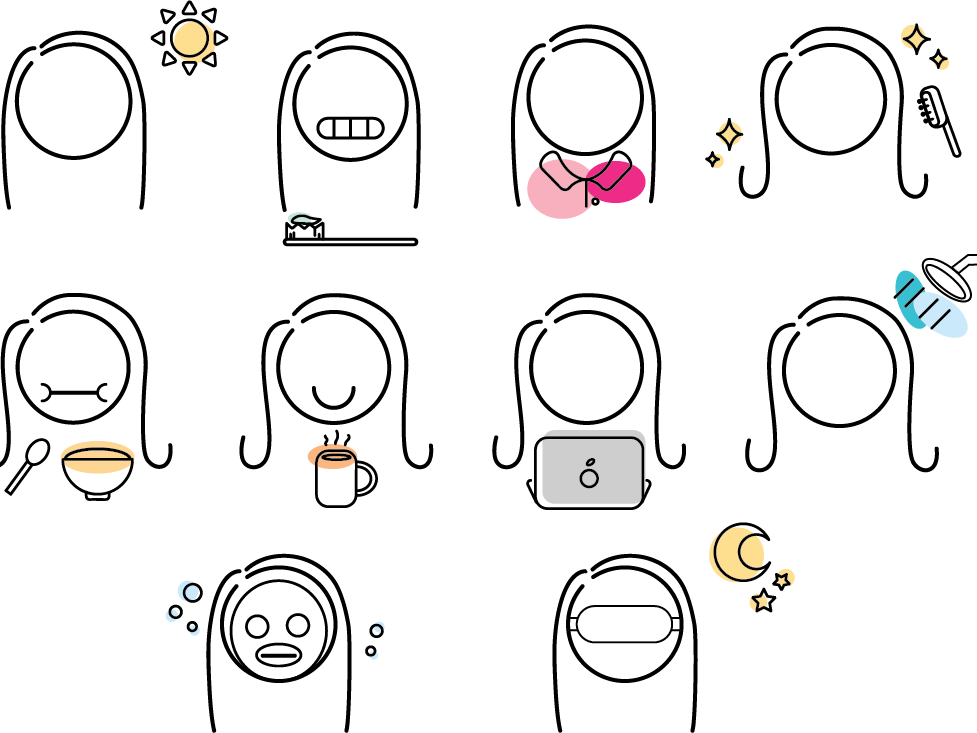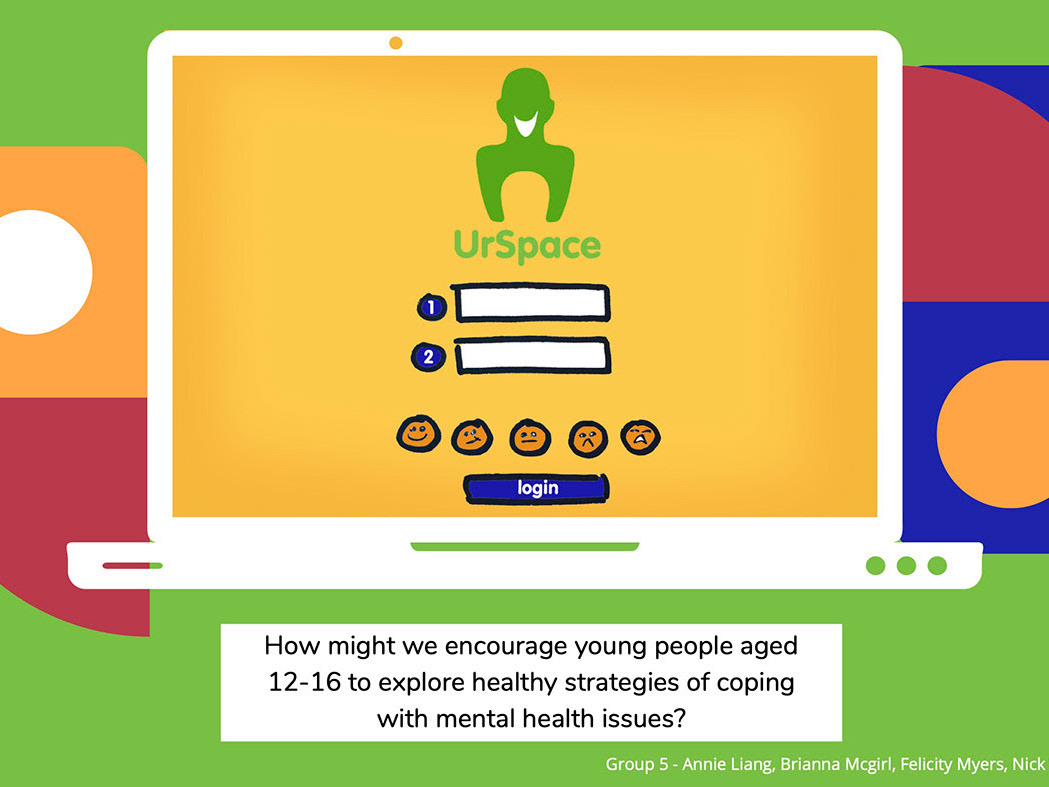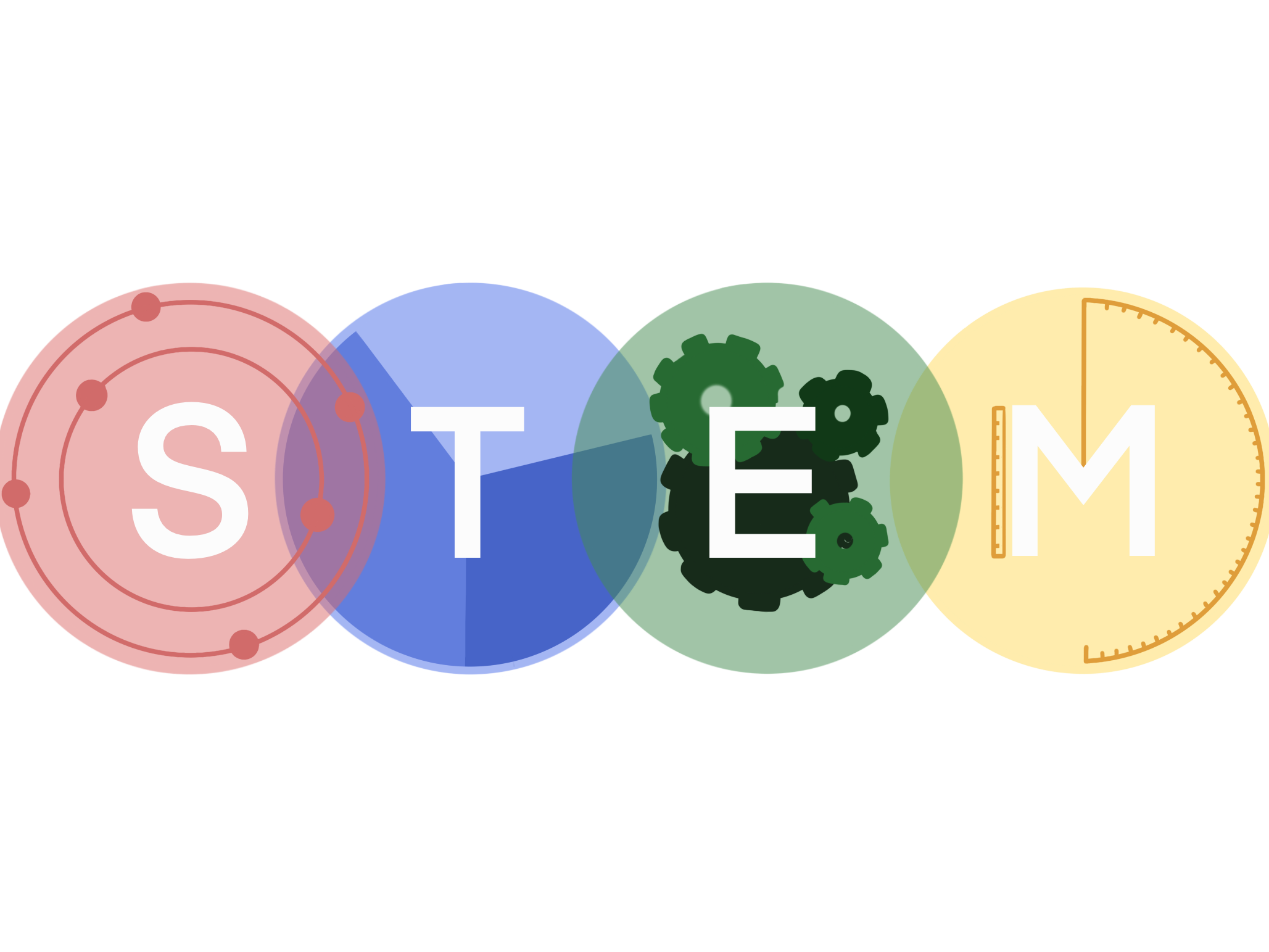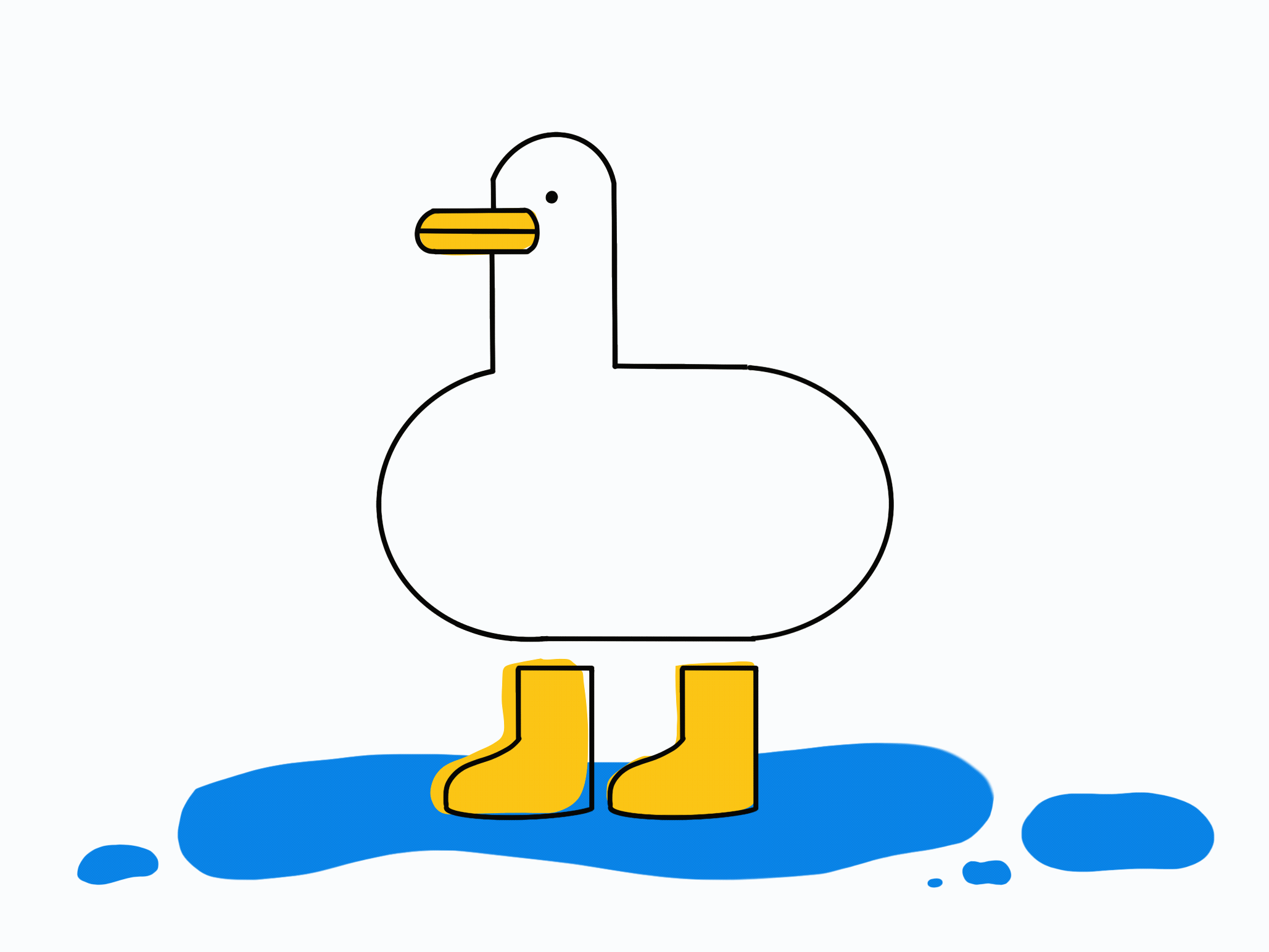Video Transcript
For the speculative design, it had to include two main things. Firstly, the themes of the manifesto had to be carried over. For mine, it was designing for human connections that diverted from technology. Secondly, it required that we think of future climate situations that our design could exist in. The climate situations were chosen from the ICCP report, the two candidates being an environmental dystopia or utopia. This dystopia was called RCP8.5, where the Earth’s temperatures rose 4ºC. The alternative, the utopia, was called RCP2.6, where Earth’s temperature had only risen 2ºC. For my design, I chose RCP8.5, as I thought it would be more interesting to explore how to build relationships and forms of connecting within a dystopia.
We were tasked to create and visualise our future world by exploring different themes. Ranging from entertainment to food, our speculative design needed to be fitting within this potential future. Using the RCP8.5 climate in mind, my future world started to take shape. The major insights I had come up with was the immense amount of isolation, caused by people staying indoors to avoid the harsh temperatures and weather. The insight was that people gravitated towards technology as a necessity, as they could no longer do things outside. Additionally, the climate crisis was increased because of the limited green spaces. This was because of the needed increase for housing. Therefore, it increased the demand of fresh water, air and outdoor space, making it quite expensive. Finally, there was an opportunity to bridge a gap between communities and social classes, as this future allowed richer folks more opportunities to good mindfulness, health and necessities.
Similar worlds that incorporate these aspects are Final Fantasy 7 and Ready Player One. Final Fantasy 7 follows this concept, as the rich and poor classes are drastically separated into different sections of the city. This allows the rich access to seeing the sky and healthier living conditions. Ready Player One is how I visualised the cities in my future world being. Cramped, confined spaces. This also reflects how people use technology to connect and escape from the harsh reality.
To further explore this, I created a persona that lives in this future. Emma is a 69-year-old woman, living in Brisbane. She lives with her eldest daughter and her grandchildren. The highlights of her daily routine are meeting up with her friends and calling her other children. One of her biggest wishes is that she would be able to spend more quality time with her grandchildren and that they can experience nature like she did when she was a child.
The climate crisis has been quite harsh on her mental health, as the isolation and loneliness in her later years grow more intense. She tries to stay healthy, but because of the intense weather, it can generally be unsafe for her to go outside.
With all of this in mind, I begun ideating some concepts. The first concept was a robotic paper plane that could deliver handwritten messages. The second concept was a nature bubble, encapsulating parks into heat-reflecting domes. Lastly, the third concept as a weather indication watch, that indicated users on predicted weather events to displayed times to go outside. The settled-on idea was the nature bubble, as it incorporated the majority of the important world building themes and would guarantee Emma’s approval.
After pitching the idea, I received an ample amount of feedback. Questions with bubble variation and transportation were proposed. There would be multiple variations of bubbles but for the sack of simplicity within this speculative design, I’ll only focus on one. This bubble will be designed for smaller, more confined areas. The implementation of a cool down period also was incorporated here as the worry of drastic temperature changes will affect the health of the users.
The final design turned out to be a heat-reflecting glass dome that housed a park inside. This park would feature mindfulness and community bonding activities such as mediation and gardening. It’s made for all ages, having a playground on the premises. The place is decorated with tons of flora, each pathway being surrounded by trees and green space. It promotes mindfulness, building connections while also providing fresh air.
The storyboard demonstrates the many activities within the park. Upon reflection, there could be more cohesion between ideas.
The prototype was made of plastic containers, paper and Lego. It acted as a map, asking the testing participants to navigate to different locations and conduct their activities there.
The results from the testing were quite interesting, as most users went towards the waterfall first. The reason was because of its sound and mystic. This sound was described as calming, accomplishing the mindfulness activity. For improvements, many asked for a better incentive to come back, either more community activities or events.
The entire process was very insightful; seeing how I could design for a future. It was interesting to implement my future design principles into an actual outcome. The most challenging aspect would be incorporating my values into ideas. Overall, I thoroughly enjoyed my experience doing this speculative design.
